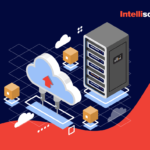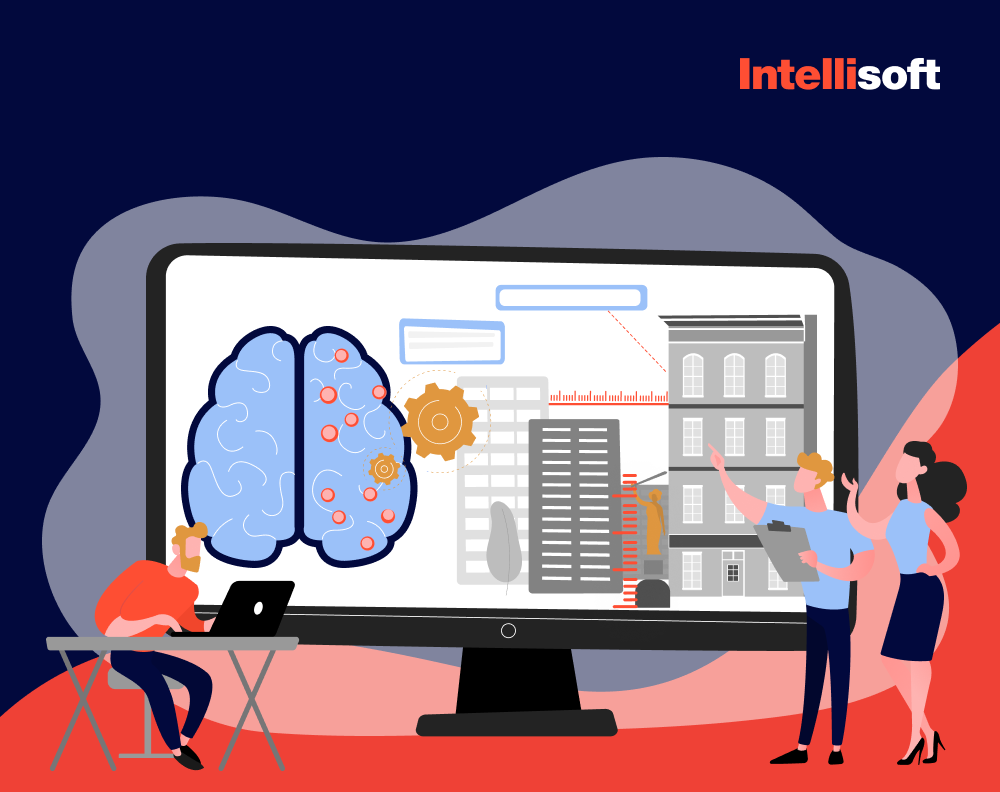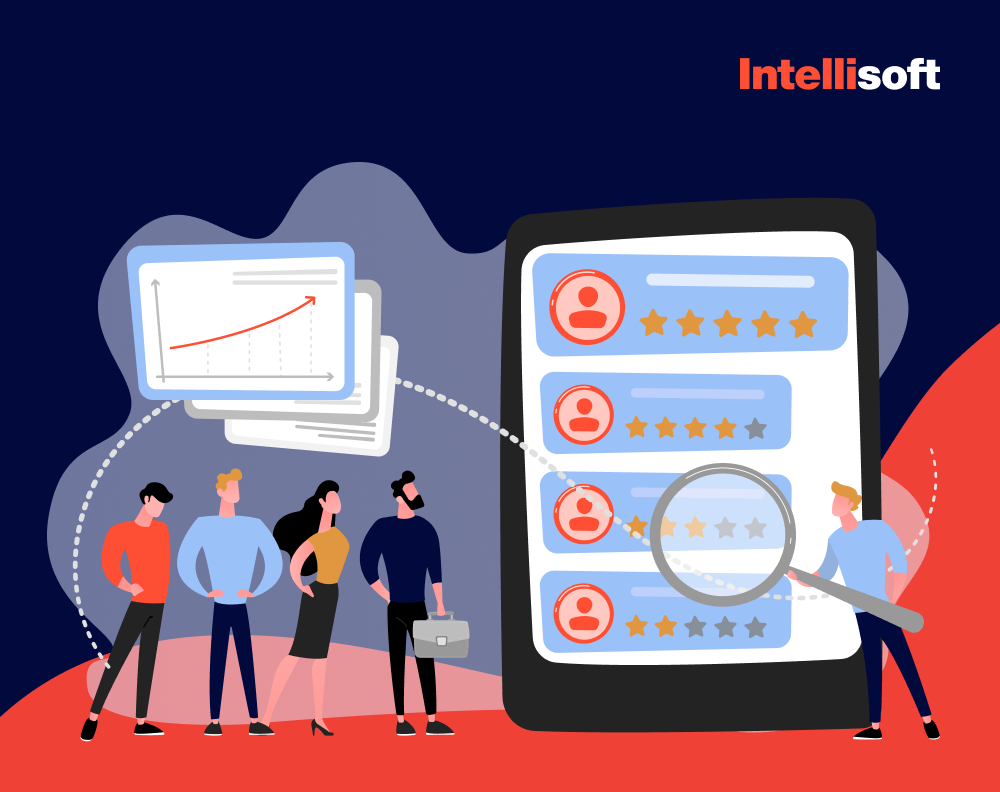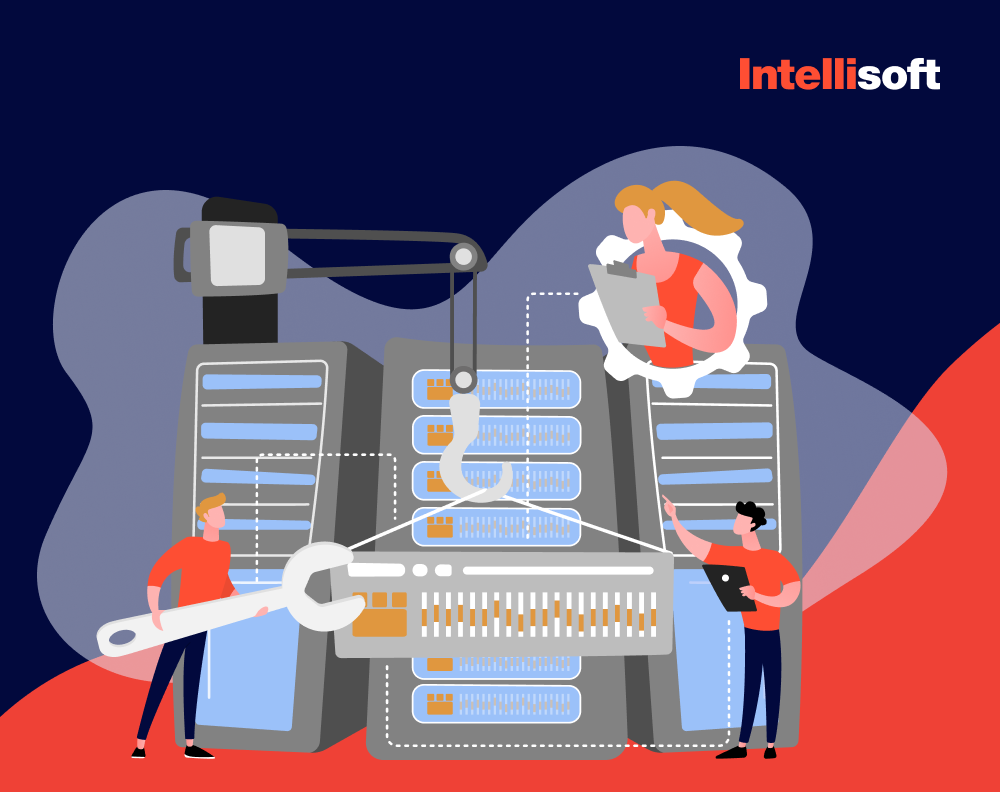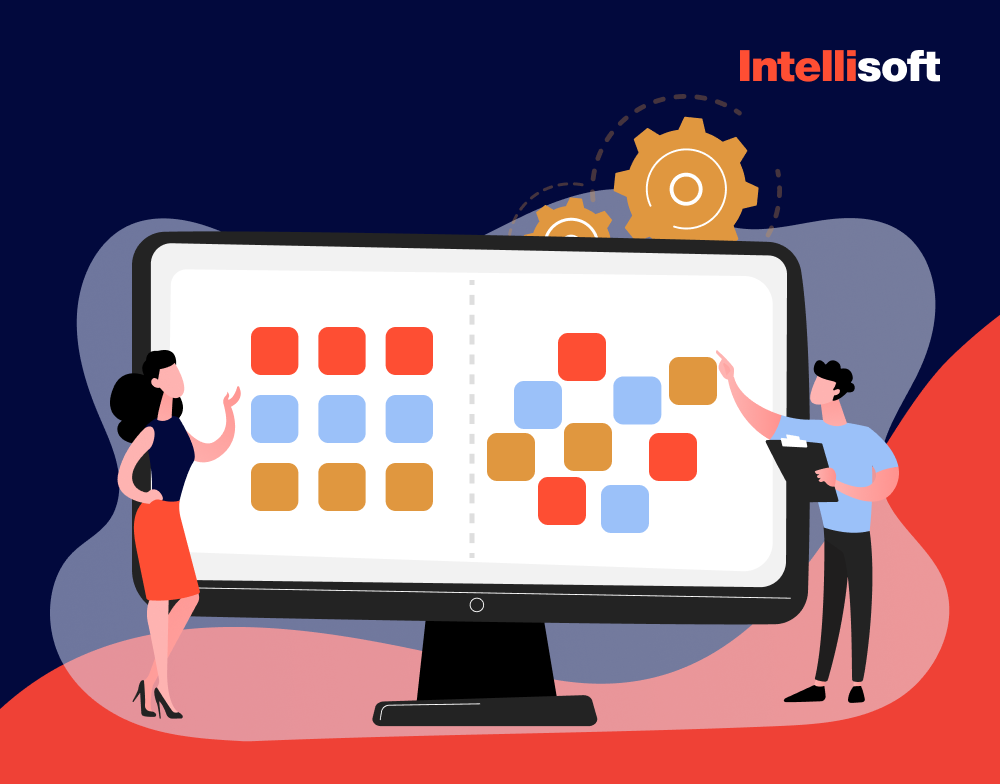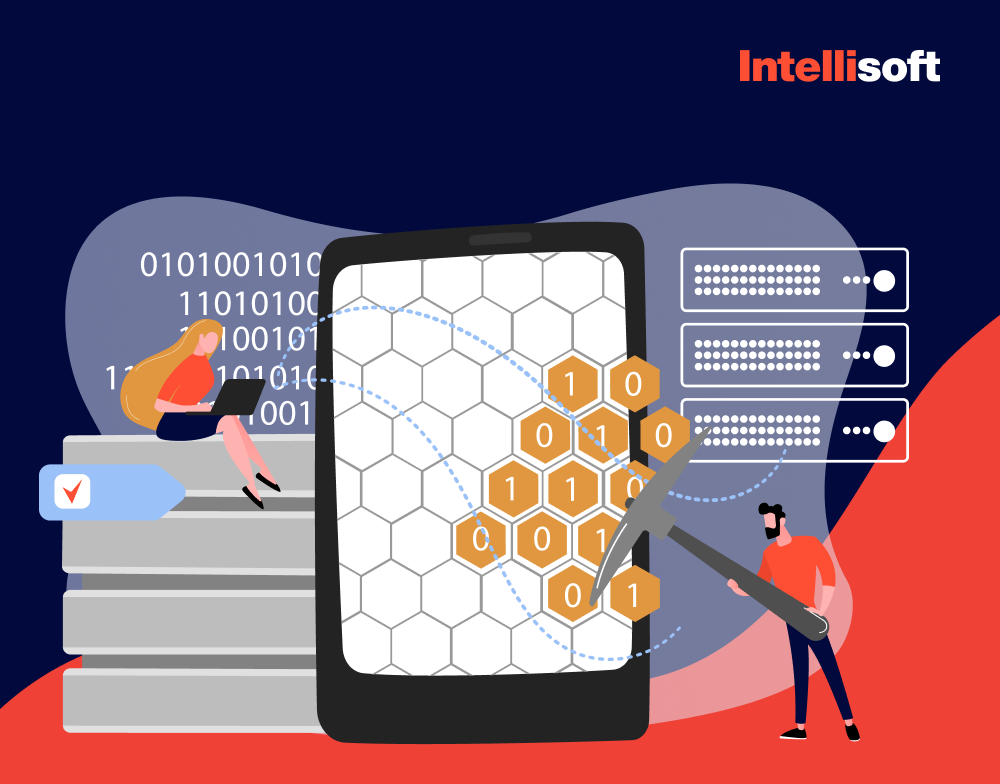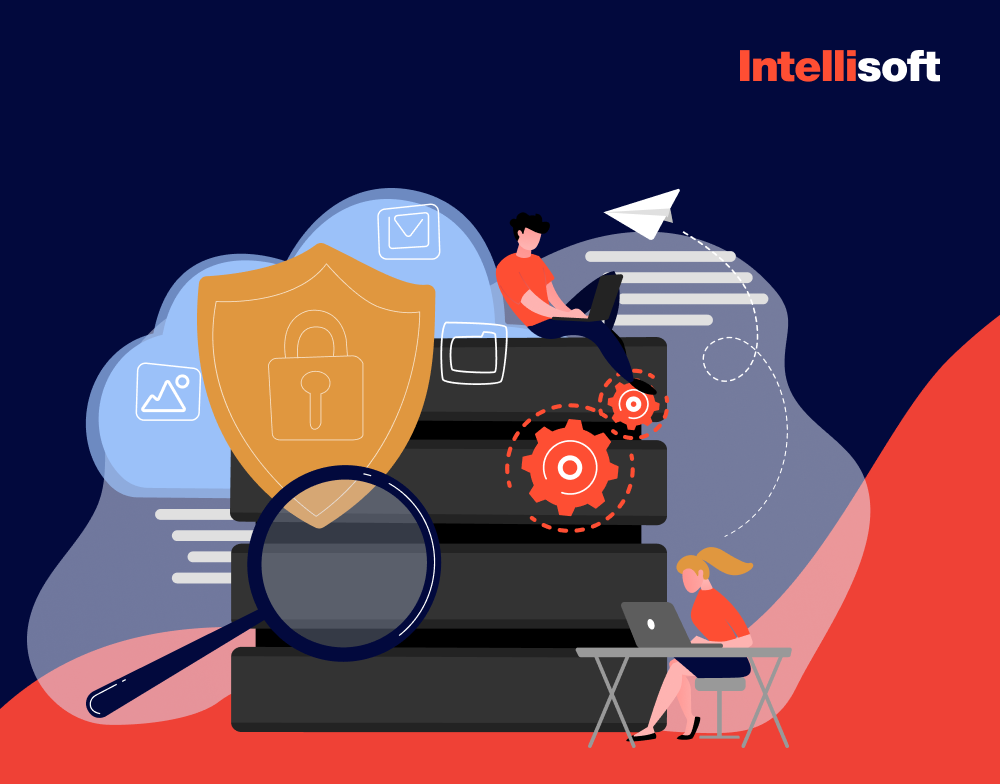The focus of Enterprise Data Management encompasses a wide range of efforts to organize and utilize information effectively within an organization. This piece delves into the reasons behind the increasing prevalence of EDM within many organizations in recent years. Why is it considered crucial and what are the best approaches for organizations looking to delve into this area? This article aims to provide insights into these inquiries.
Table of Contents
What Is Enterprise Data Management (EDM)?
Enterprises generate vast amounts of information daily, necessitating proper collection and curation to facilitate easier management, retrieval, and analytics. A recent report forecasts that the enterprise data management market size will reach US$ 410.2 billion by 2028, driven by increased recognition of the potential of insight handling. The report also highlights how widespread digital transformation has led to a growing emphasis on real-time analytics, processing, and scalable infrastructure across various industries.
What is the enterprise data management definition? EDM encompasses a range of processes, practices, and activities governing a business’s storage, protection, retrieval, and overall management process. It also involves educating the workforce about insight storage, as proper EDM relies on organizational actions. Ultimately, the main objective of this approach is to provide accurate, organized, and valuable information to fuel analytics and guide business decisions.
An effective EDM strategy involves both internal and external company assets. It relies on a framework to standardize and ensure the credibility of the large volume of information generated, thus guaranteeing reliable business insights. Let’s now delve into the fundamental elements of enterprise product data management to gain a deeper understanding of its operation.
Forms of Enterprise Data
Enterprise data covers the vast array of digital information that courses through a company’s infrastructure. This information can be neatly categorized into two main types: structured (including orderly elements such as spreadsheets and databases) and unstructured (images, videos, and various graphic content).
Here are some examples of enterprise information in action:
- Operational information. This type of information covers the day-to-day essentials, such as customer orders, transaction records, and the nitty-gritty of accounting and billing systems, alongside internal HR statistics.
- Network logs and alerts. These are crucial for cybersecurity and development teams tasked with managing IT infrastructure.
- Strategic information. Derived from sales reports, customer relationship management (CRM) systems, and external market insights, this type of information is key for analyzing trends and identifying opportunities.
- Application-specific information. This type includes specialized information such as GPS tracking for transportation, inputs from IoT sensors, weather updates, and social media content.
So, what is managed through enterprise data management service? Let’s look at the table below.
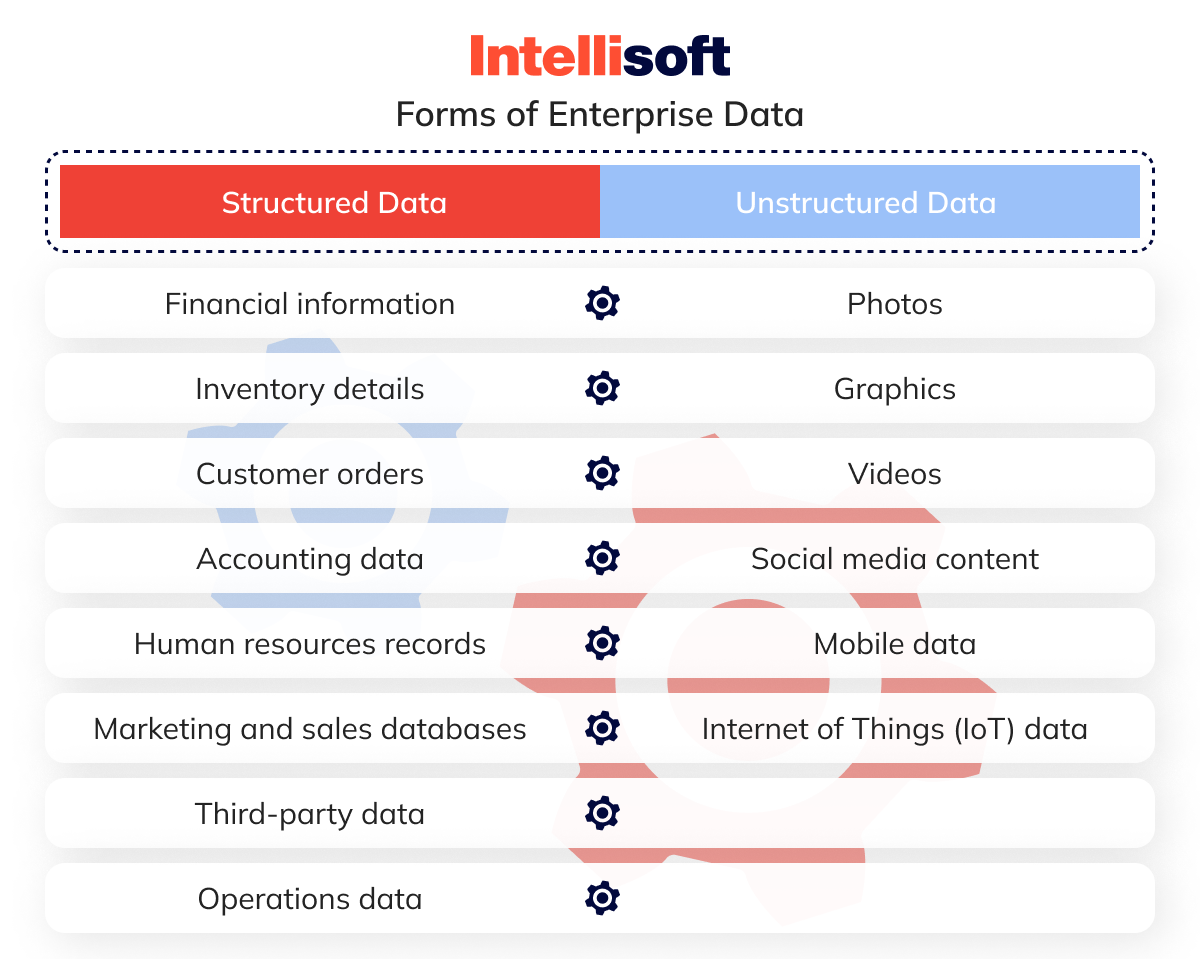
Why Is Enterprise Data Management Important?
A well-executed enterprise data management strategy provides numerous advantages. Some of these include:
Improved Decision-Making
Because of unreliable information, imagine the consequences of marketing campaigns aimed at the wrong customer groups. However, by having a centralized and accurate data pool, your teams can effectively uncover valuable insights to guide decision-making. Business decisions have a direct impact on the company’s profits. With an efficient enterprise data management system, your organization’s decision-makers can enhance innovation and also reduce the risks related to breaches and non-compliance.
Enhanced Operational Efficiency
Data silos within an organization lead to isolated departments working with incomplete or potentially inconsistent information. To address this, breaking down these silos and striving for a Single Source of Truth (SSOT) is crucial. This approach can be achieved through a centralized repository that serves as the primary access point for all departments. By strategically managing enterprise information, organizations can eliminate silos and inconsistencies, fostering seamless information sharing and collaboration. After that, workflows become more efficient, with fewer errors, higher speed of task completion, and minimum costs.
Strengthened Compliance
Taking charge of your information not only simplifies the adoption of governance practices, access controls, and retention policies, but also ensures compliance with data privacy regulations like GDPR and CCPA, reducing legal risks. Moreover, a streamlined infrastructure enhances the efficiency of both internal and external audits by easing the information collection and verification processes during compliance reviews. Prioritizing transparency in information security and privacy not only meets regulatory demands, but also boosts your organization’s reputation.
Key Elements of Enterprise Data Management
EDM depends on fundamental features that enable businesses to store and manage their information effectively. The comprehensive and interconnected nature of these elements is crucial for ensuring accuracy, functionality, and efficiency. The key components of EDM enterprise data management include:
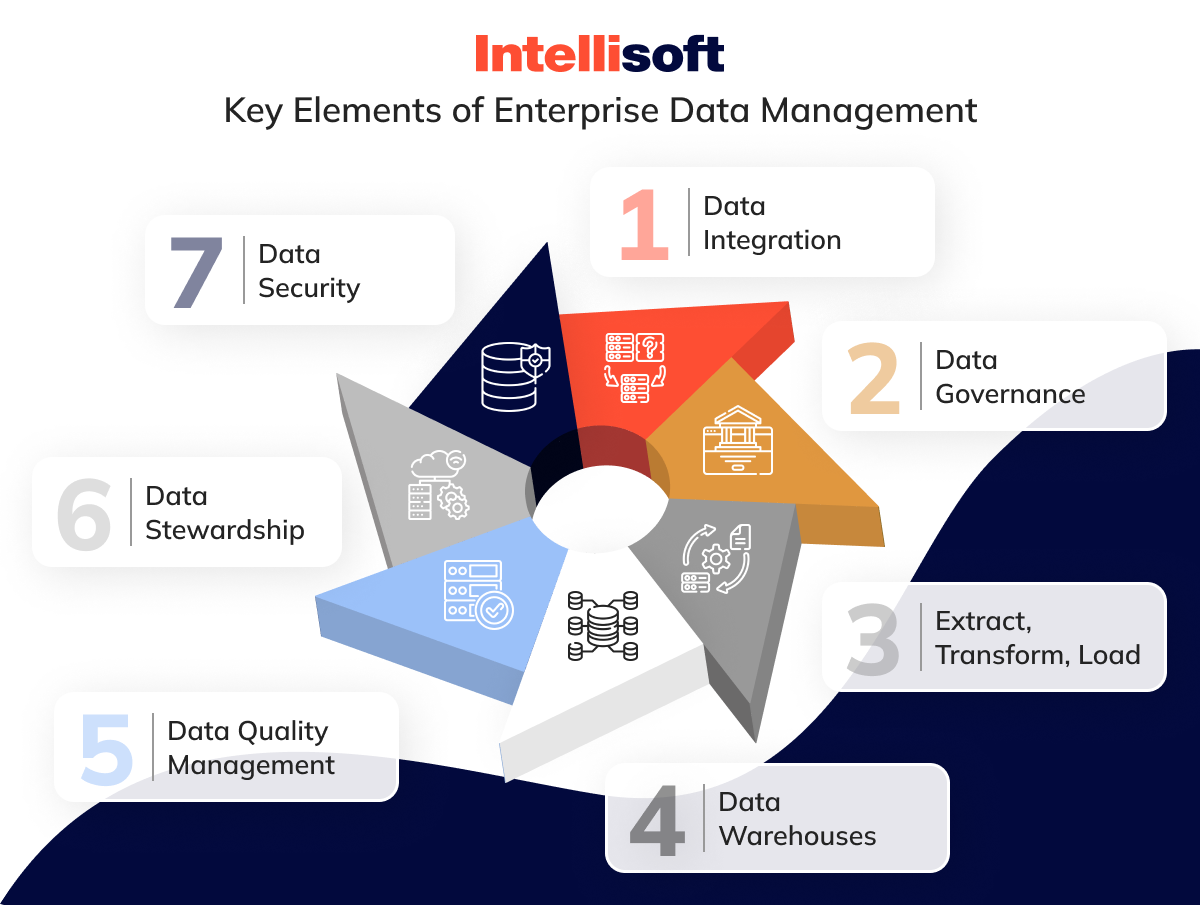
Data Integration
It consolidates information from multiple sources into a single, centralized repository. This approach facilitates seamless cooperation across various platforms and delivers practical, valuable information in one go. Moreover, this activity significantly minimizes errors, redundancies, and time inefficiencies.
Data Governance
Data governance encompasses a comprehensive set of policies and procedures designed to establish internal and external accountability structures. These structures ensure that responsibilities are appropriately assigned. This data enterprise management model promotes ethical responsibility at every level, involving all stakeholders.
ETL (Extract, Transform, Load)
The ETL (Extract, Transform, Load) process involves:
- Extracting insights from various sources
- Transforming it into a usable format
- Loading it into a centralized location (typically a warehouse)
This approach allows for better organization and analysis of the data.
Data Warehouses
A data warehouse is essentially a vast, organized storehouse of business information designed for insightful analysis and decision-making. Whether cloud-based or on-premises, these warehouses maintain up-to-date and reliable details. Unlike data lakes, which store raw, unstructured insights, warehouses offer a refined, structured repository, serving as a single source of truth for an organization. This structured setup allows businesses to extract meaningful insights crucial for strategic planning.
Data Quality Management
DQM is an essential part of the enterprise storage and data management operating model. It processes are designed to maintain high-quality information through information cleansing, integrity checks, enrichment, and quality assurance. High-quality insights is crucial for an organization’s efficient functioning.
Data Stewardship
Data stewardship involves overseeing, implementing, and managing the entire information lifecycle. This approach ensures that information is readily available, compliant with regulations, and secure. Key tasks include defining models, maintaining these models, documenting and cleaning data, and establishing policies.
Data Security
Ensuring the security of information is a critical component of the EDM cloud process. This approach includes implementing various measures to safeguard and shield insights within the organization from unauthorized access, theft, leaks, tampering, and other potential risks.
An effective enterprise data management cloud service incorporates these elements comprehensively to guarantee the absolute integrity of information. Let’s delve into the broader significance of EDM as a whole.
Related articles:
- Top 10 Data Warehouse Software Tools for Your Business
- How to Master an Enterprise Data Warehouse: a Complete Guide
- Predictive Analytics in Retail: Boosting ROI and Transforming Customer Experience
- Best Tech Stack for Optical Character Recognition Automation
- Best programming languages for AI and machine learning
Master Data Management vs. Enterprise Data Management
The synergistic combination of EDM and MDM offers a formidable solution to navigate the complex landscape, empowering businesses to unlock the immense potential of their insights. These frameworks are designed to elevate data governance, enhance data quality, and establish the accuracy and uniformity of information throughout an organization.
While both frameworks are crucial, they each serve unique purposes and possess distinct capabilities.
Enterprise product data management adopts a comprehensive approach, acting as the backbone of an organization’s information strategy. It eradicates the disarray of isolated information pockets and conflicting insights narratives, creating a unified version of the information. This method emphasizes the development of robust policies and systematic processes that span the entire lifecycle—from the initial acquisition and secure storage to thorough analysis and effective utilization.
In concert with EDM, MDM hones in on the core data, the master data, which includes pivotal entities such as customers, products, employees, and other fundamental elements that are consistently used and shared across various facets of the organization. This focus ensures the core information remains pristine and precisely aligned with the organization’s operational needs.
The difference in focus between these two management strategies can be seen in their approach to information types: data management enterprise is inclusive, dealing with structured, semi-structured, and unstructured information, while MDM is more specific, concentrating on essential details entities that form the foundation of business operations.
The distinction between MDM and EDM can be summarized in the table below:
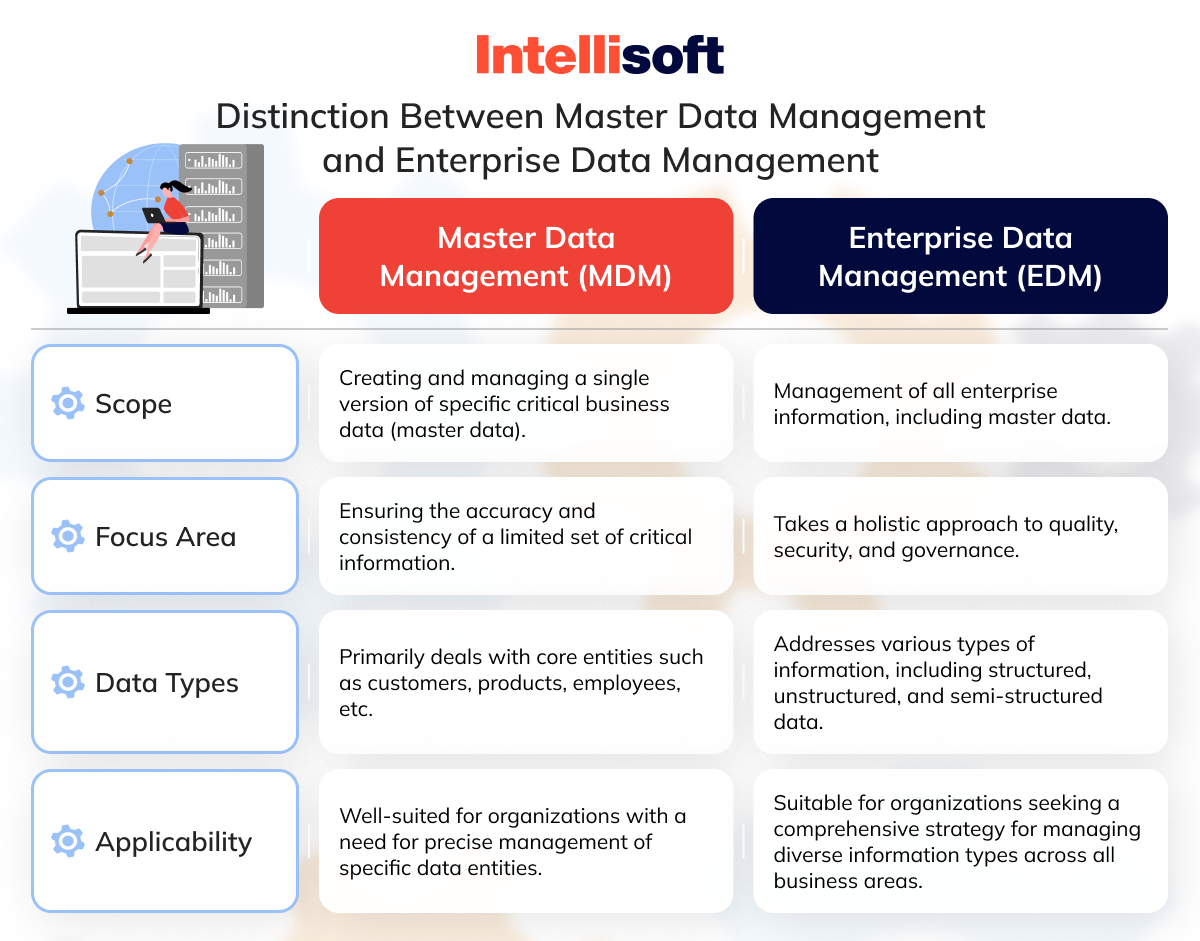
Top Enterprise Data Management Tools
When choosing an Electronic Document Management (EDM) solution, businesses need to select a tool that not only meets their current requirements but also has the scalability to grow alongside their evolving needs. Here’s an overview of some leading enterprise data management software and their key features.
Alation
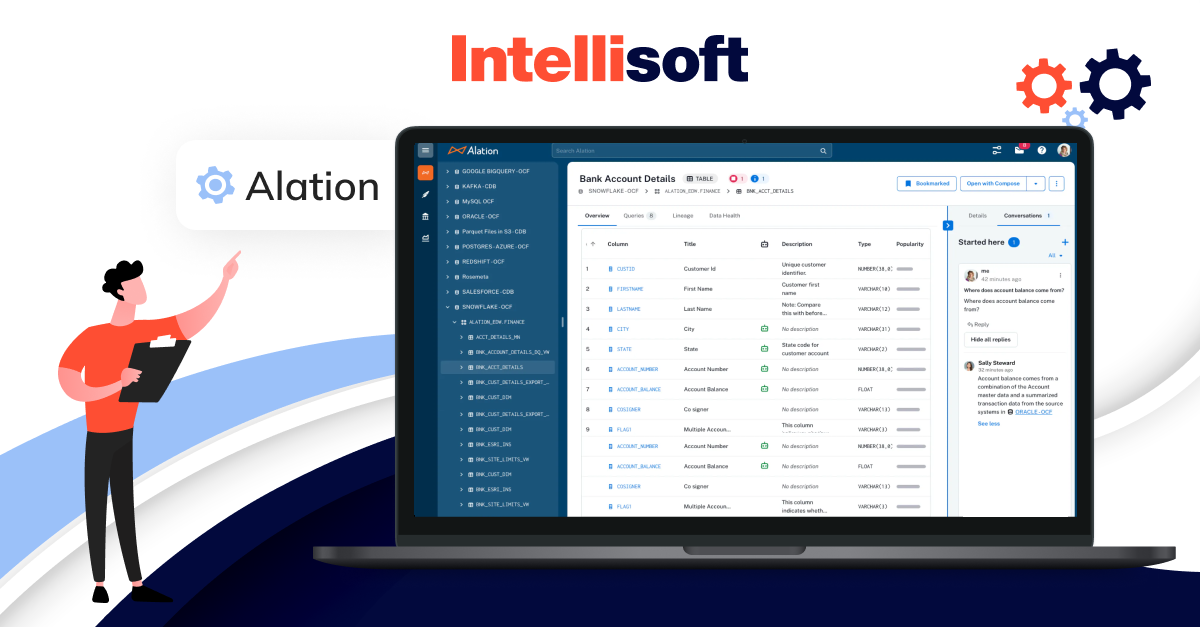
Alation is a top-tier Enterprise Data Management platform crafted to elevate information discovery, governance, and literacy across businesses. It acts as a comprehensive catalog, empowering users to locate, comprehend, and have confidence in the insights essential for their analytical endeavors.
A standout feature of Alation is its collaborative platform, fostering knowledge sharing and data curation across various departments. This collaborative approach ensures that information is not only accessible but also well-understood and effectively utilized within the organization.
Alation also boasts powerful automation for governance, offering robust tools for managing policies, standards, and privacy regulations. This functionality simplifies the process of complying with industry regulations such as GDPR and CCPA.
Ideal for: Enterprises seeking advanced data discovery and governance capabilities.
Erwin Data Modeler
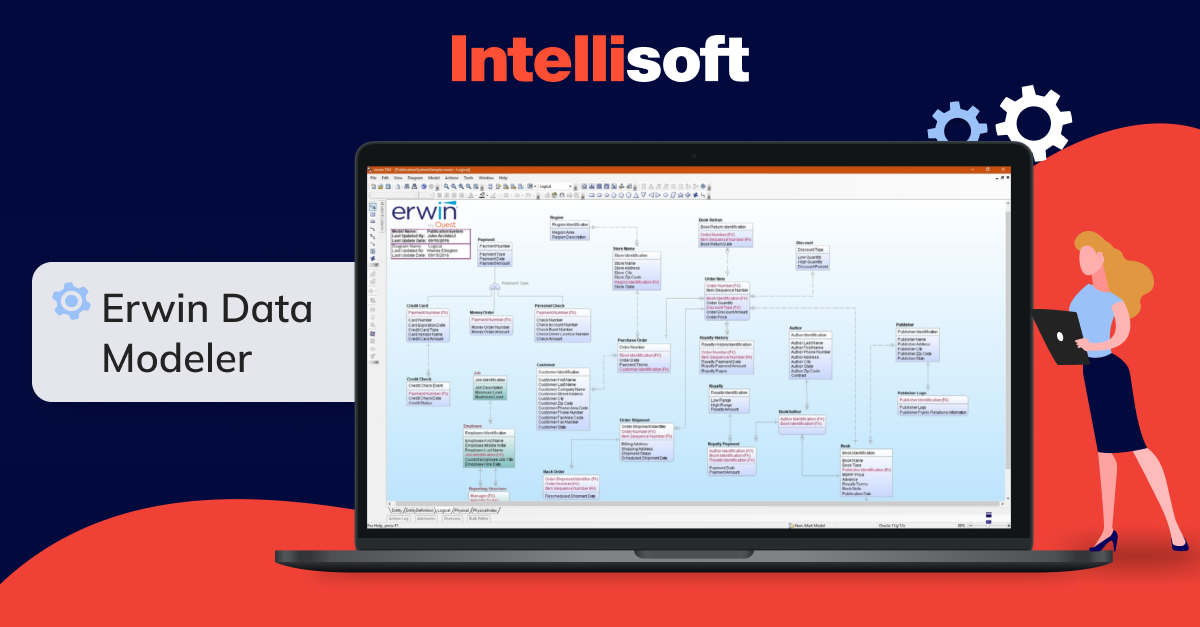
This is another popular tool within the Enterprise Data Management framework. It specializes in creating and managing complex data architectures.
One of the standout features of Erwin Data Modeler is its robust modeling capabilities. It allows for the construction of logical, physical, and conceptual models, bringing clarity and organization to information structures. This modeling process is crucial for ensuring information integrity and consistency, particularly in complex environments involving multiple databases and systems.
Moreover, this tool supports standardization and governance by enabling the definition of dictionaries and standards that can be applied across all models. This approach ensures that information definitions, rules, and structures remain consistent and critical for regulatory compliance and enterprise data quality management.
Ideal for: Organizations looking for powerful data modeling and database design tools.
Informatica
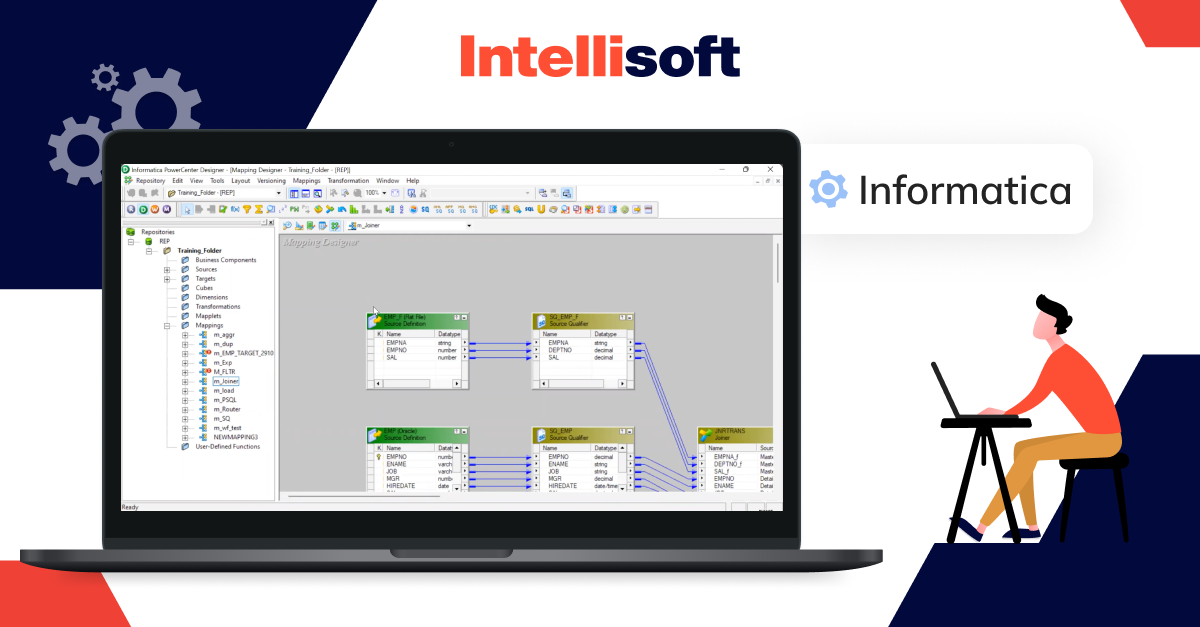
Informatica is highly regarded for its advanced capabilities in seamlessly integrating information from various sources, whether on-premises or in the cloud. This approach makes it an indispensable enterprise cloud data management tool for businesses dealing with the intricacies of modern EDM ecosystems.
At its foundation, Informatica offers powerful integration solutions, including ETL (extract, transform, load) processes crucial for consolidating insights from diverse sources into a unified format.
In addition, this Enterprise Data Management platform features comprehensive information quality management functionalities, encompassing sophisticated tools for cleansing, profiling, and ensuring information accuracy. This emphasis on quality is of utmost importance for enterprises seeking to base their strategic decisions on reliable, error-free information.
Ideal for: Large enterprises with intricate information environments and a focus on cloud-first strategies.
SAP Master Data Governance
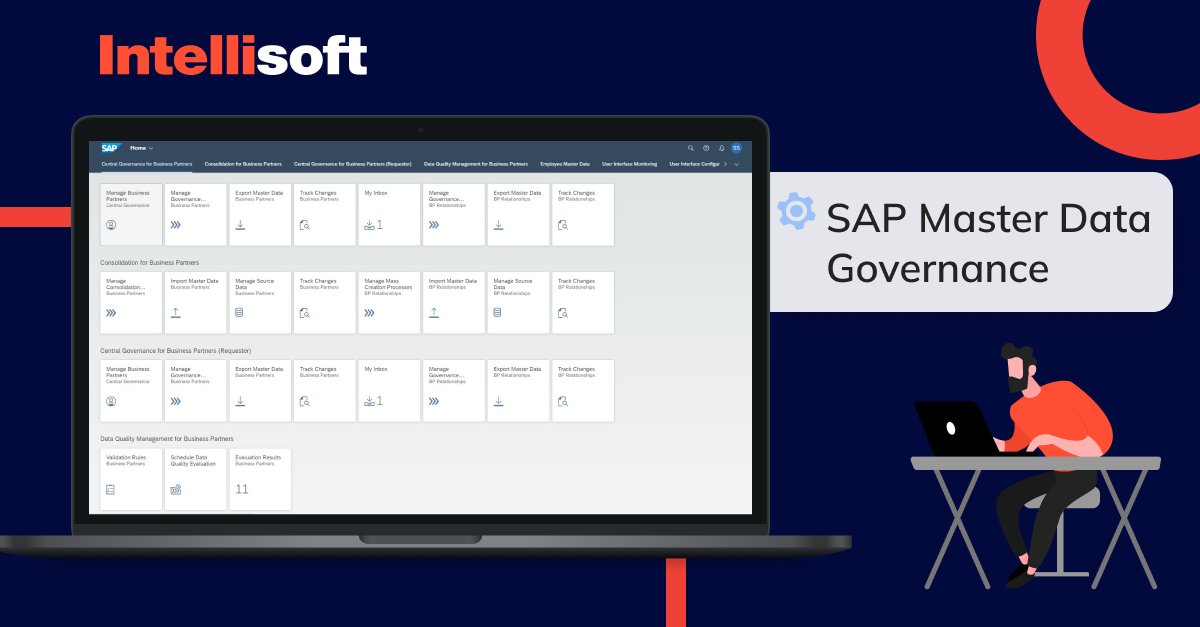
SAP Master Data Governance (MDG) is crucial in managing an organization’s master data, ensuring consistency, accuracy, and accountability. It provides centralized control and governance for various information domains, such as customers, products, employees, and suppliers, enabling businesses to establish a single, reliable source of correct information. By doing so, SAP enterprise data management solution helps eliminate silos and inconsistencies, leading to improved operational efficiency and better decision-making.
Moreover, SAP MDG offers robust data governance frameworks and workflows, enabling businesses to streamline insight creation, modification, and approval processes. These workflows not only enhance quality but also ensure compliance with internal and external policies and regulations.
Ideal for: Organizations within SAP ecosystems that require robust governance and quality management capabilities.
IBM InfoSphere Master Data Management
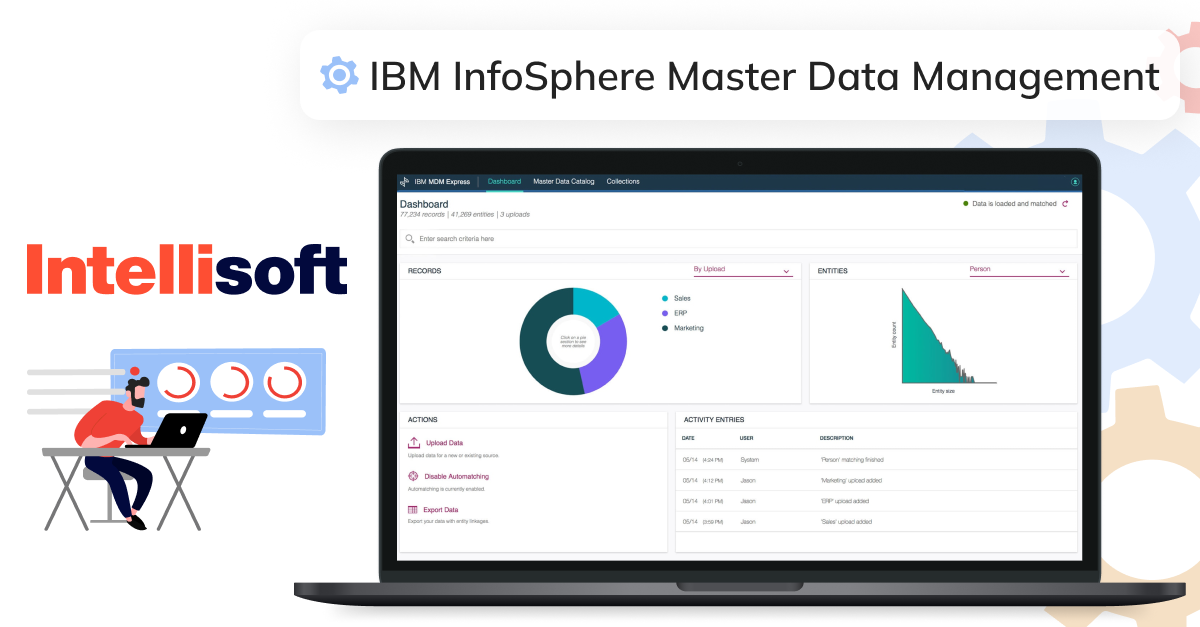
IBM InfoSphere Master Data Management is a comprehensive solution that aims to centralize, streamline, and improve the management of crucial enterprise information across intricate systems and processes.
This enterprise data management platform is particularly adept at establishing a unified master hub, allowing organizations to effectively handle, consolidate, and synchronize master data regardless of location, whether in cloud-based or on-premise systems. The primary objective is to eliminate silos, minimize discrepancies, and ensure that all departments and business units operate with the same accurate and current information.
IBM InfoSphere MDM accommodates a wide array of information domains and leverages advanced algorithms to cleanse, match, and delete duplicated details. This meticulous process guarantees the high quality and dependability of master data, which is vital for operational excellence, regulatory adherence, and well-informed decision-making.
Moreover, InfoSphere MDM is recognized in the enterprise data management market for its adaptable deployment options, encompassing on-premises, cloud, and hybrid models tailored to diverse organizations’ distinct requirements and IT infrastructures. It also boasts robust governance and stewardship capabilities, empowering businesses to define and enforce policies and rules effectively.
Ideal for: Large enterprises grappling with intricate management needs across multiple domains.
Conclusion
We’ve kicked off our discussion with an essential look at Enterprise Data Management (EDM)—a strategic method for handling all the information resources a company generates or gathers. Implementing EDM correctly ensures that your insights meet your organization’s expected quality standards. It also guarantees that the information necessary for running processes and enabling informed decision-making is accurate, complete, and readily available.
Think of data as a valuable company asset—it needs to be managed with as much care as any other critical asset. We’ve broken down EDM into key components, creating a management framework that lays the foundation for maintaining high information quality.
At IntelliSoft, we transform complexity into clarity, guiding you every step of the way. A deep-rooted expertise in software, web, and cloud development positions us as more than just a team—we’re your committed partners in data analytics and management. Contact us today to experience the tangible benefits firsthand and get enterprise data management solutions just for you!
